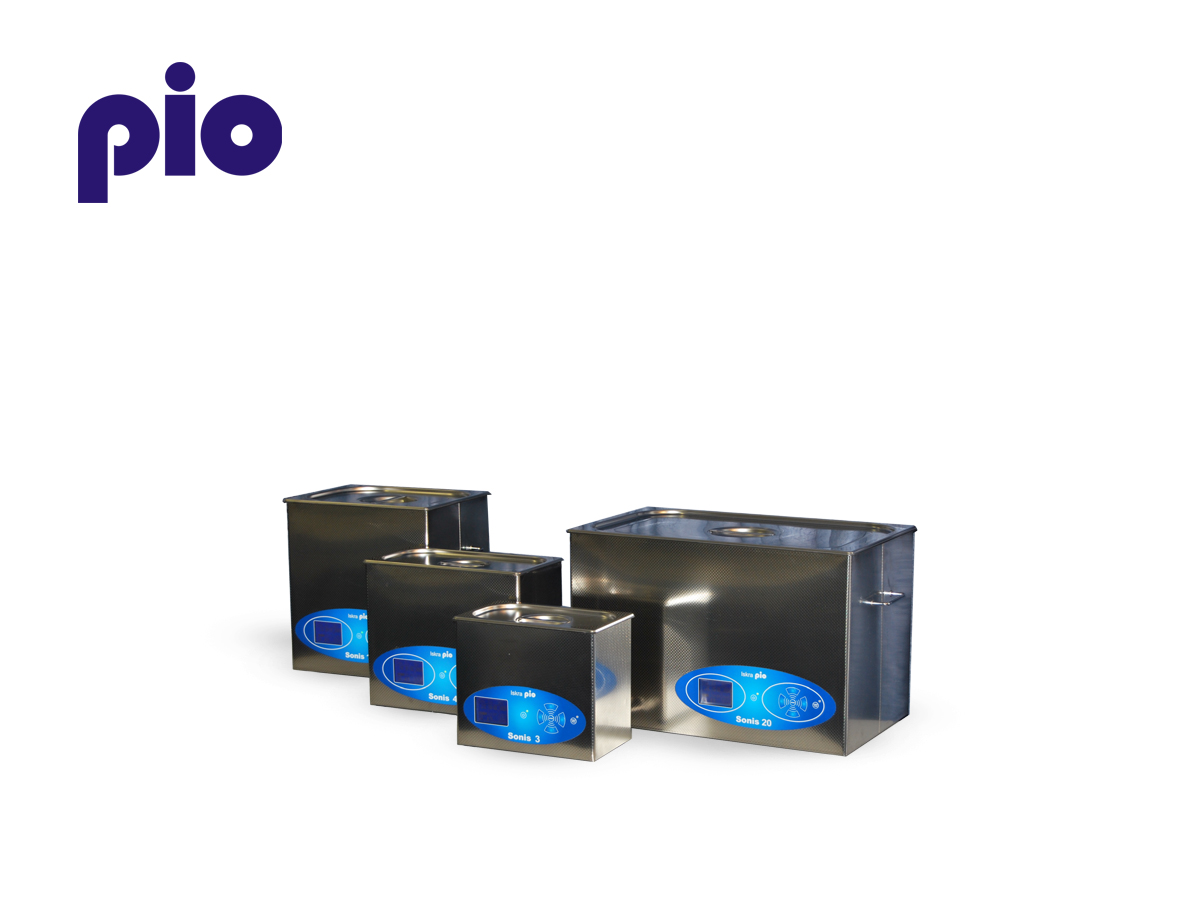 Compact Ultrasonic Cleaners for Industry
Compact Ultrasonic Cleaners for Industry
USED FOR:
The ultrasonic cleaners Sonic are indispensable cleaning aids for use in researching, industry, shops and workshops.
PHYSICAL PARAMETERS IMPORTANT FOR ULTRASONIC CLEANING:
Additional equipment that facilitates work:
Besides the basic equipment for cleaners, the stainless steel electropolished basket assures successful and practical cleaning.
HOW ULTRASONIC CLEANING WORKS
A sound is defined as mechanical oscillation, spreading from a source. For ultrasonic cleaning we need a lot of ultrasonic energy. The PIO piezoelectric transducers generalize intensive sound waves which are transferred to the cleansign medium. Their frequency variation is on 30 or 40 kHz. Sound waves move through a solution to create an effect known as cavitation, the rapid formation and collapse of microscopic bubbles creating intense energy. Cavitation scrubs every wetted surface, removing contamination from surfaces and blind holes. Heat enhances this process. We benefit from this principle in various tasks (cleaning, emulsifying, homogenization...)
TEMPERATURE
The increase of temperature lowers surface tension and viscosity, but it increases the head of steam, what lowers the effect of ultrasonic cleaning. At the same time the raising of temperature has positive effects on the increase of chemical activities of chemicals. It is scientifically proven that water solutions reach maximum cavitation efficacy at 45-55C. Therefore it is always required to search for the optimal temperature with regard to chemical structure of a liquid.

